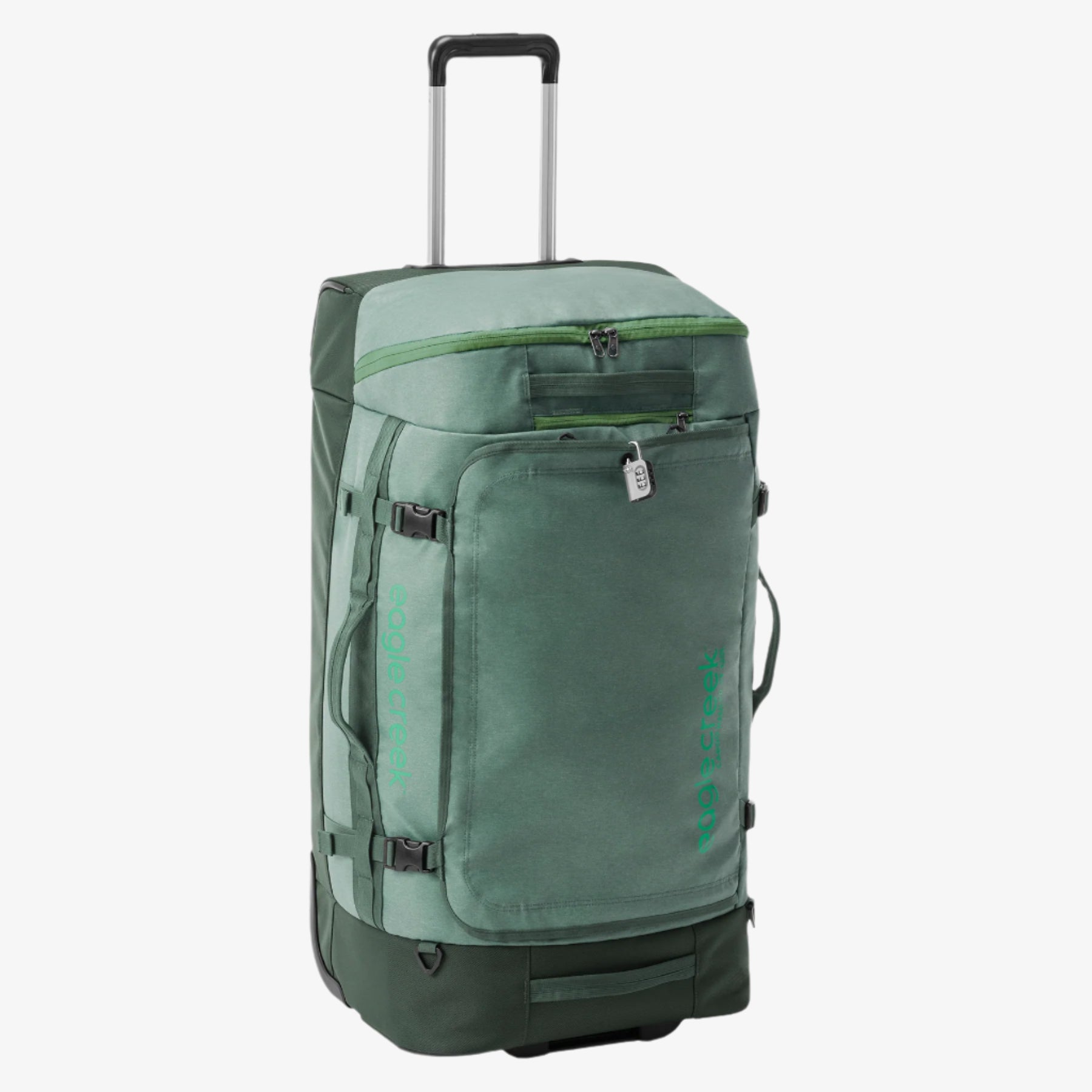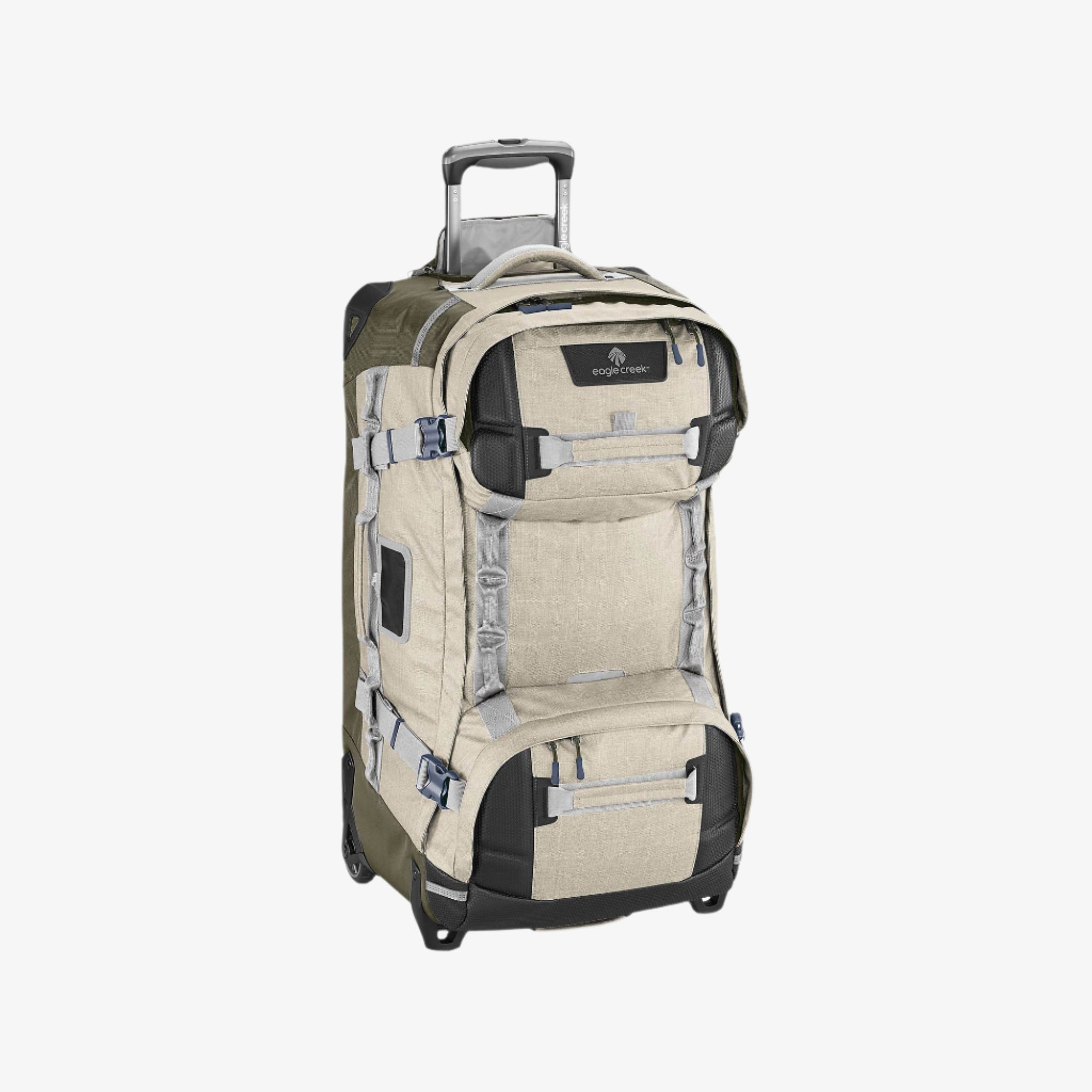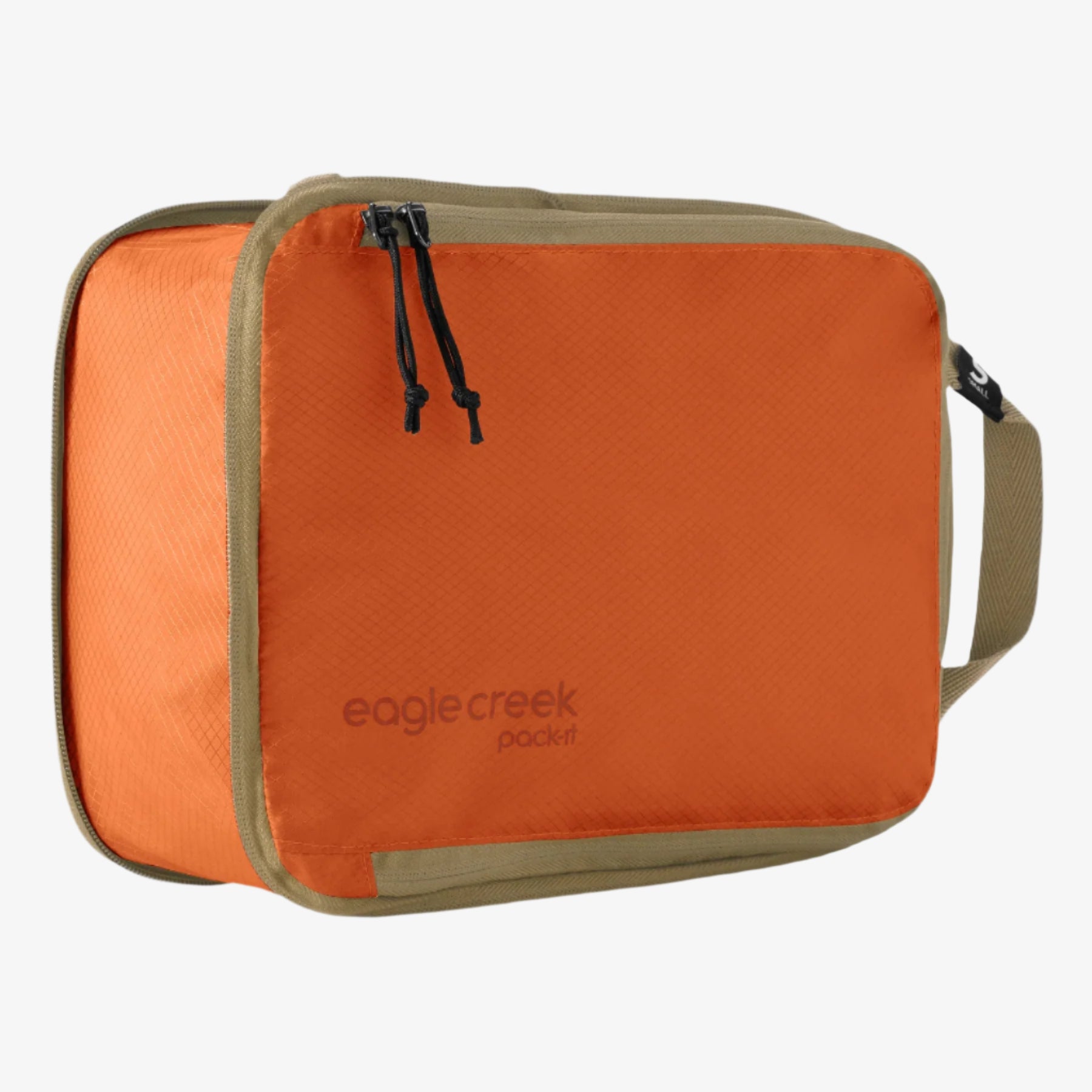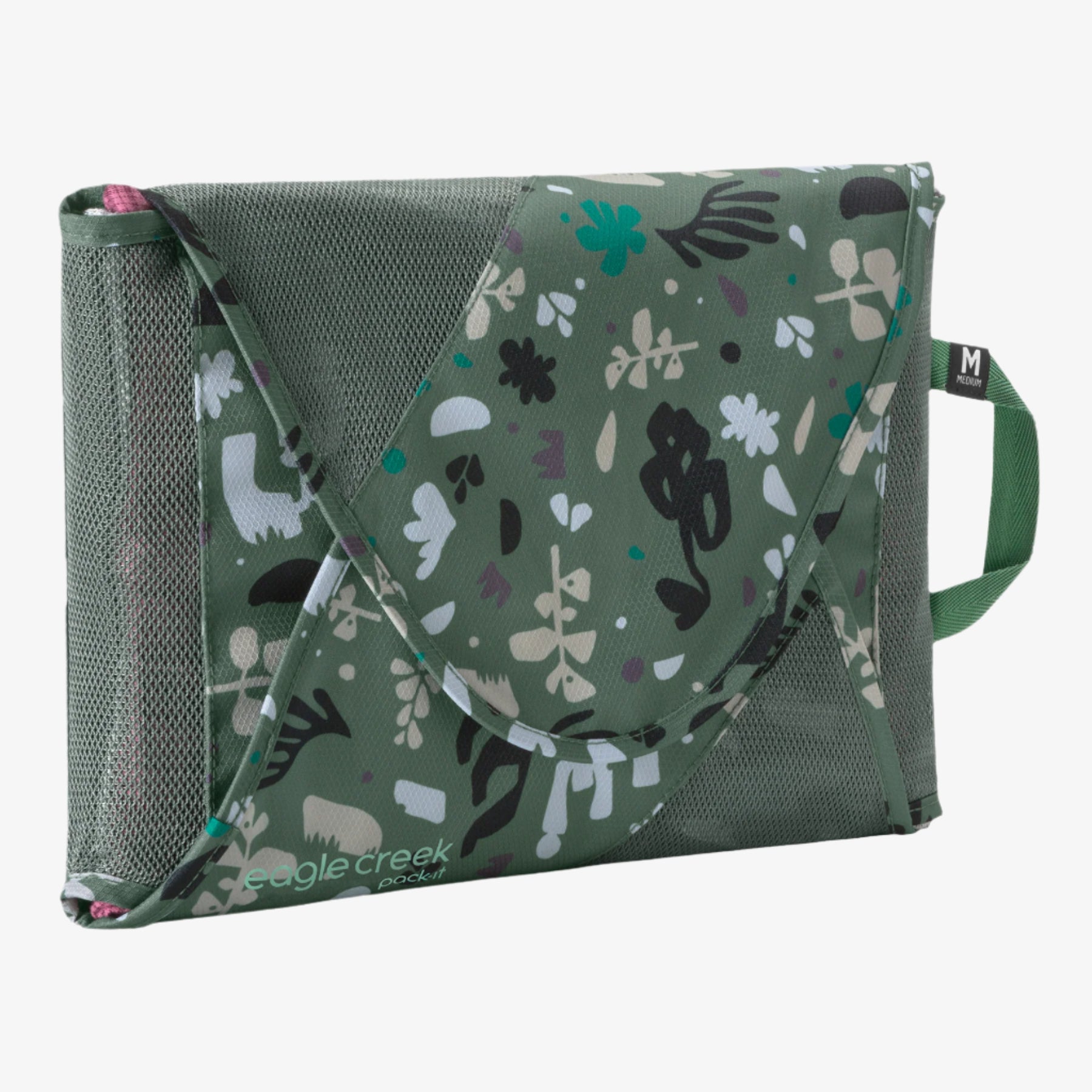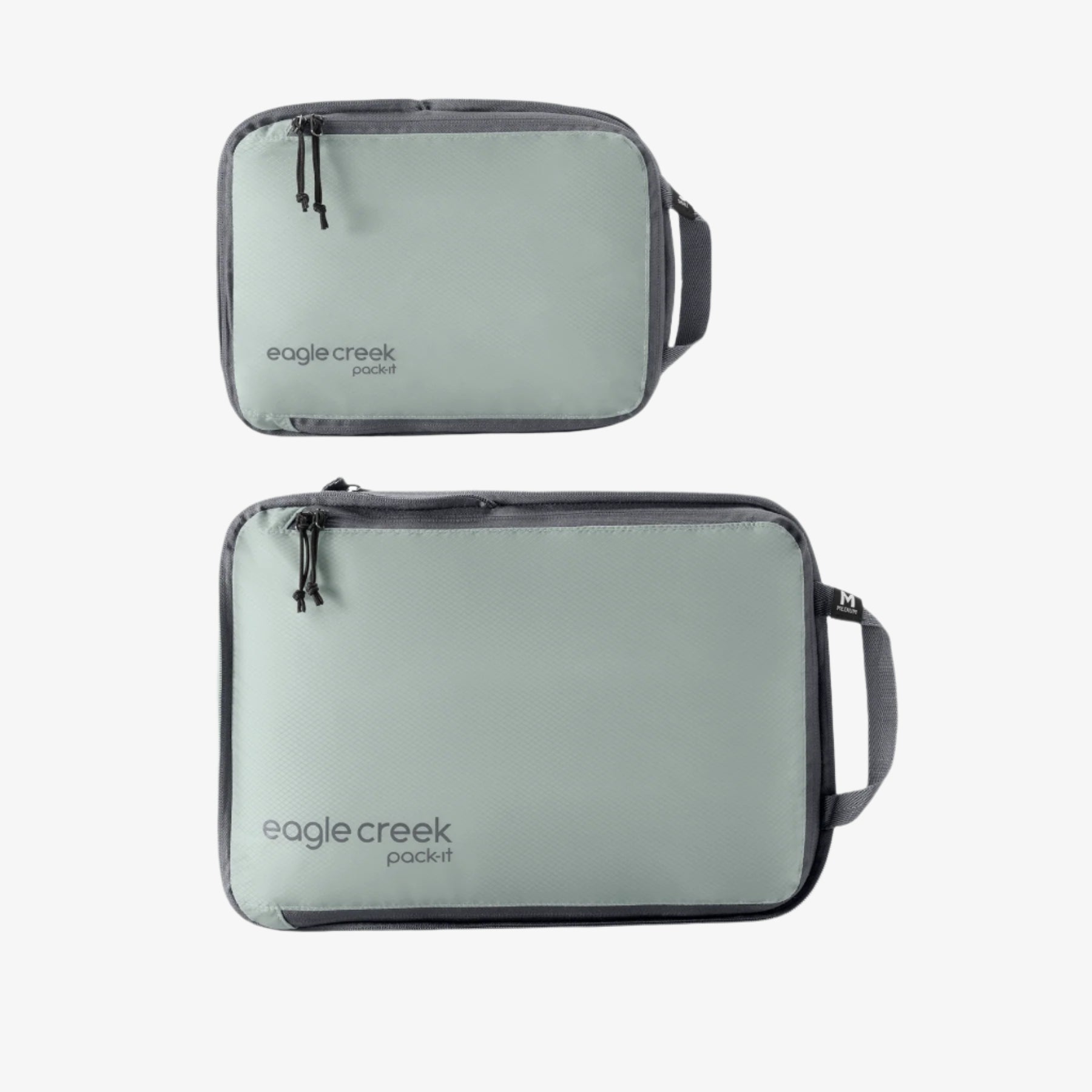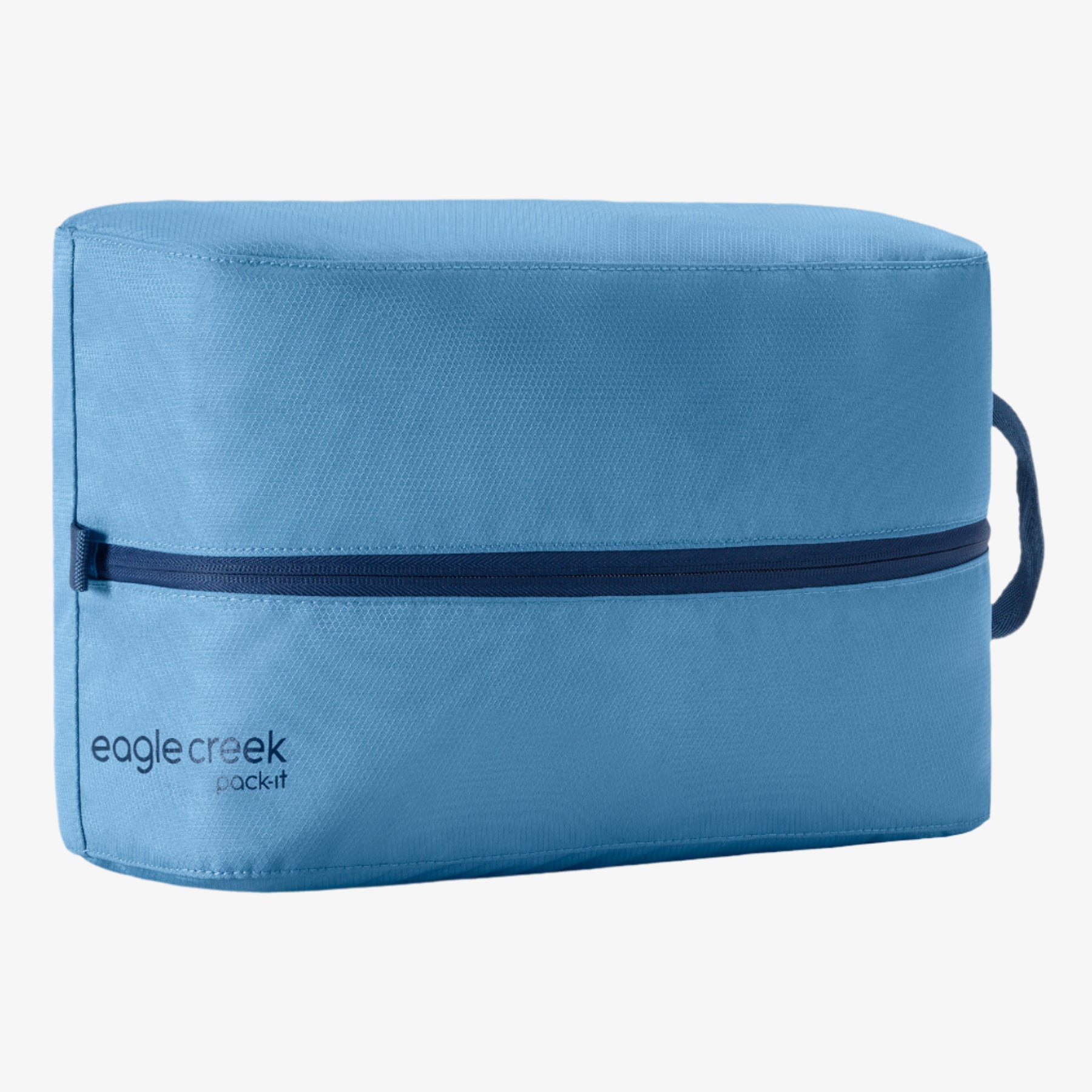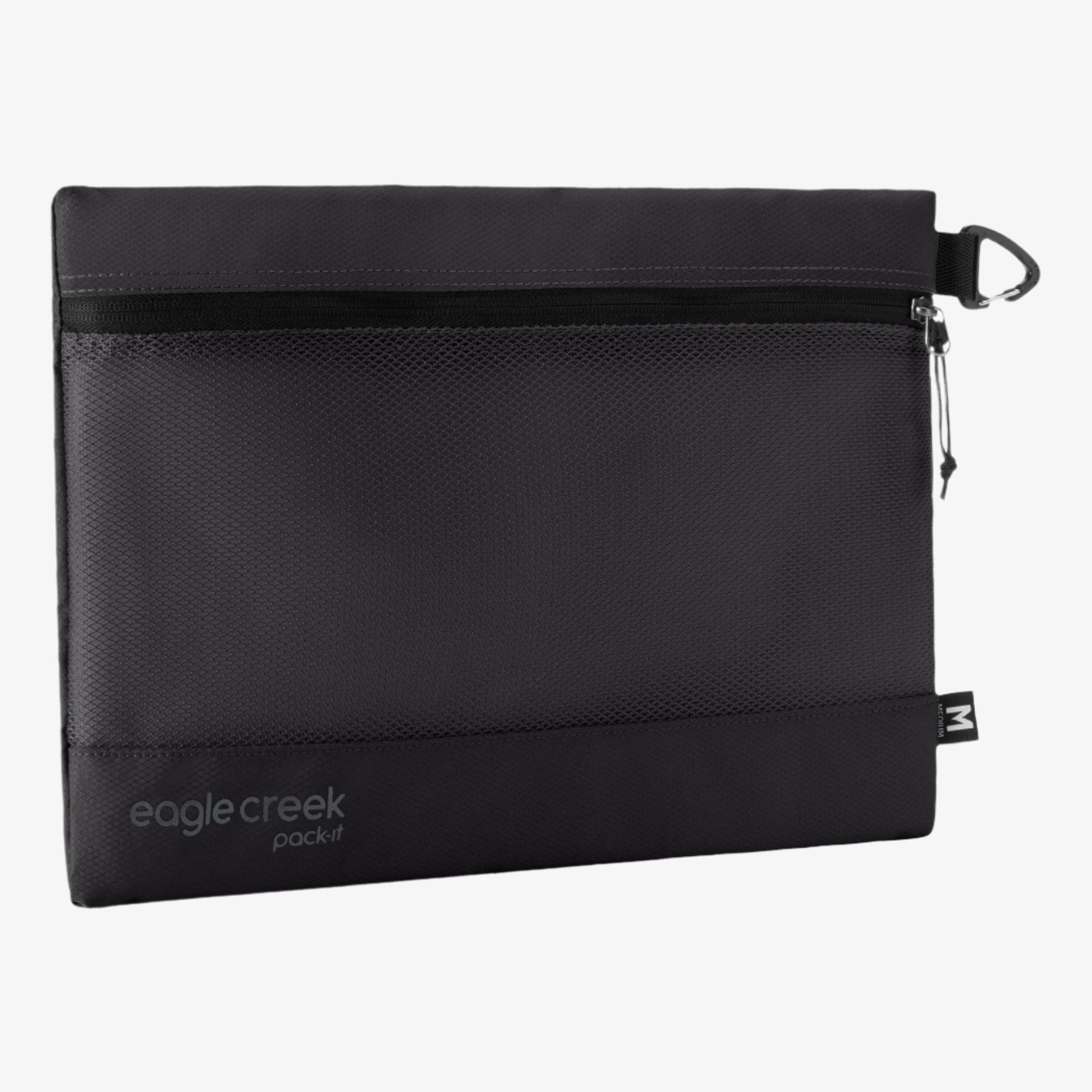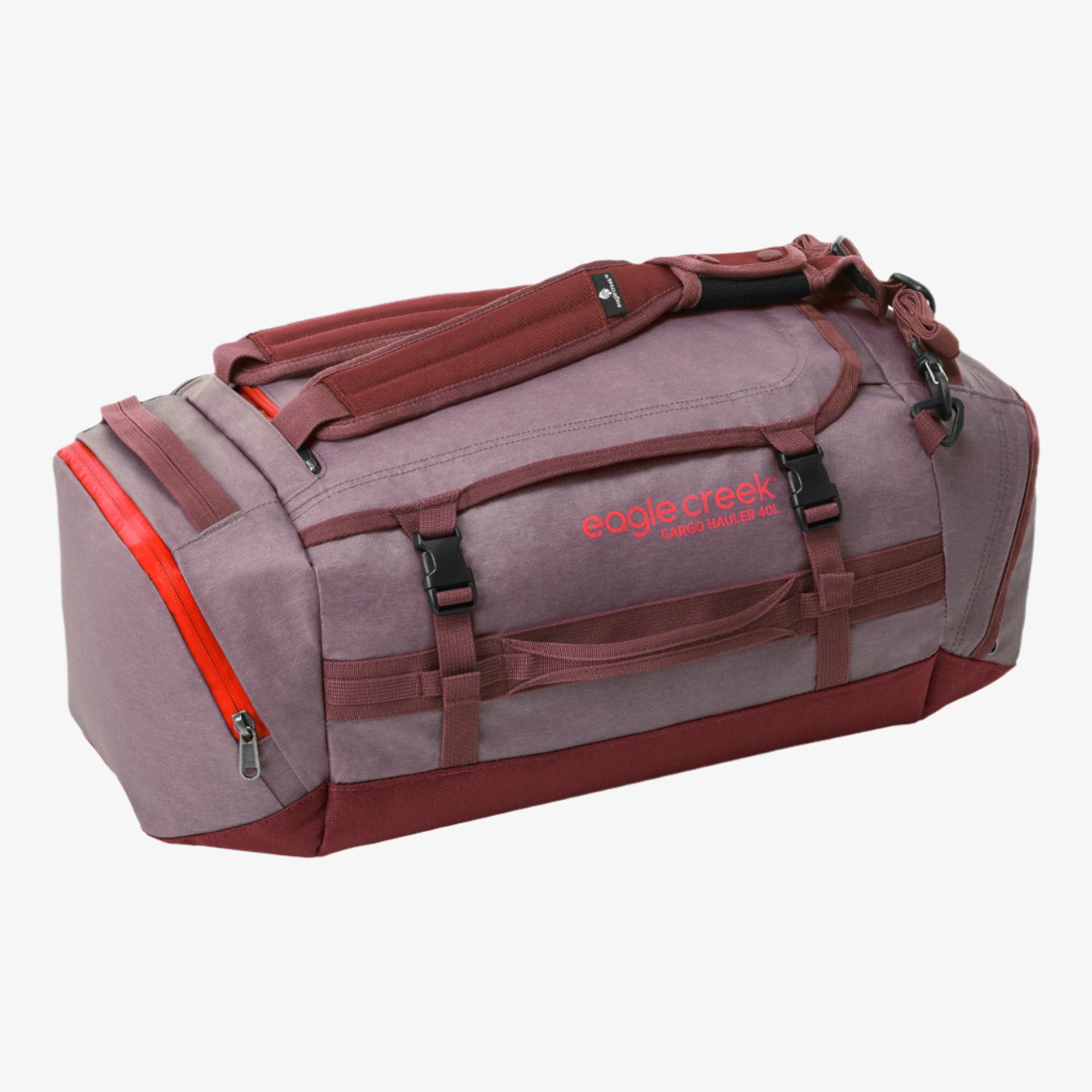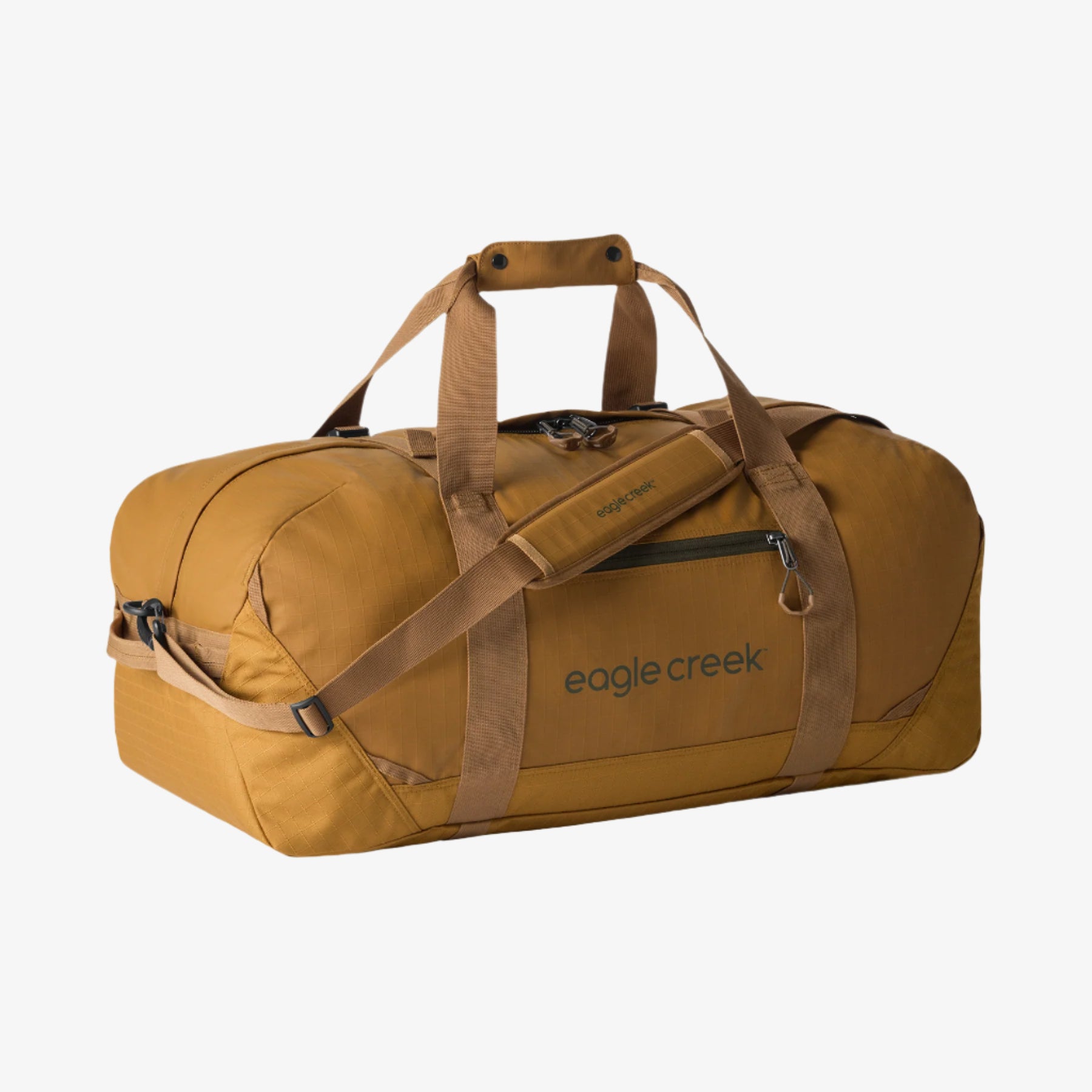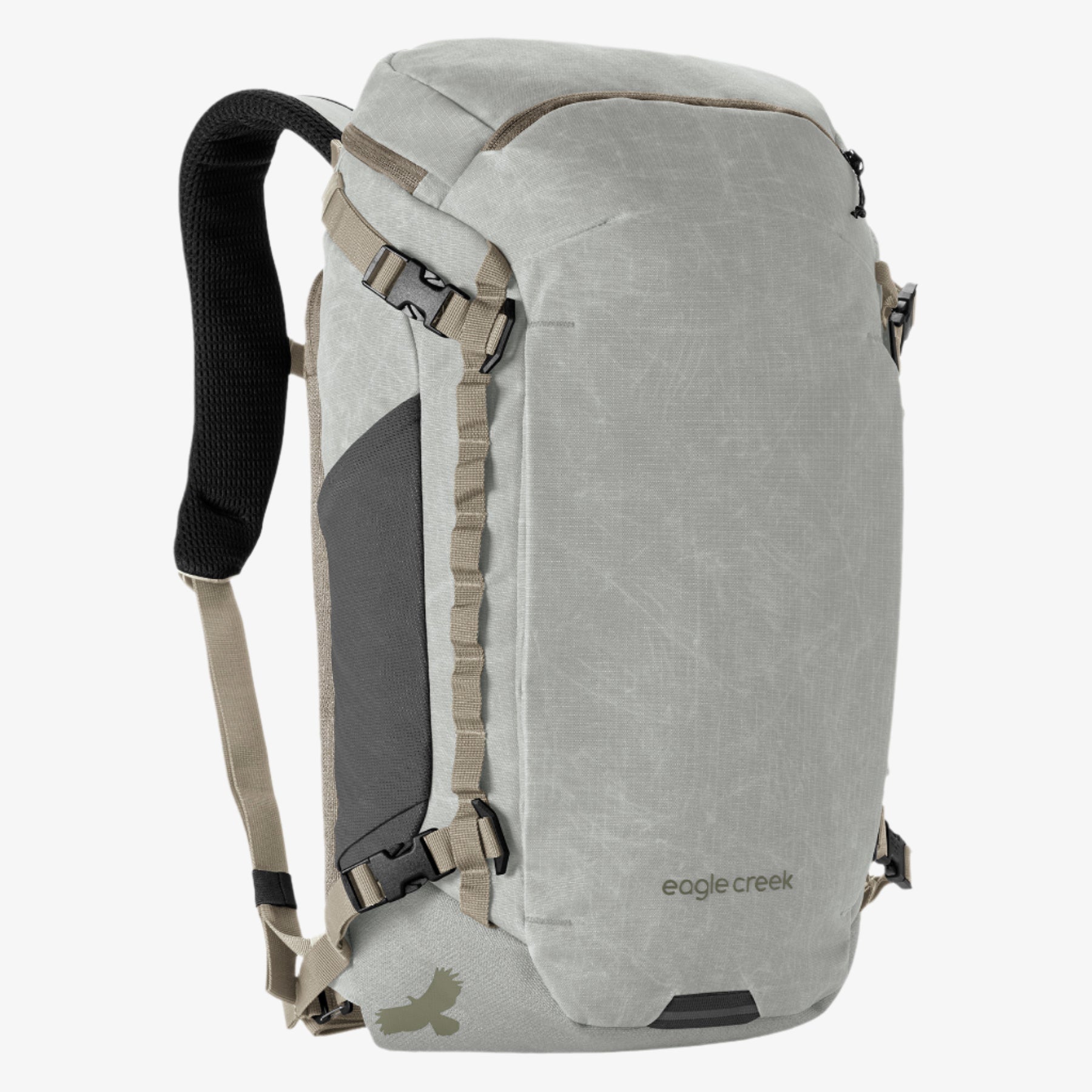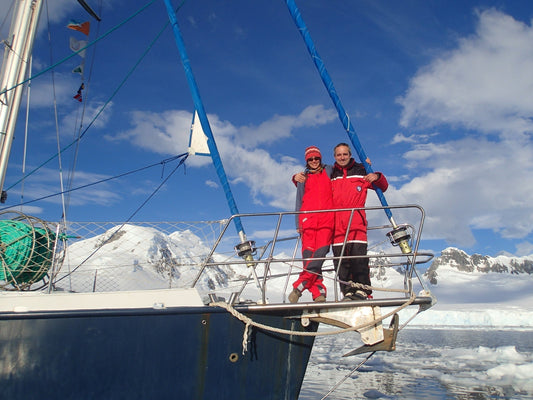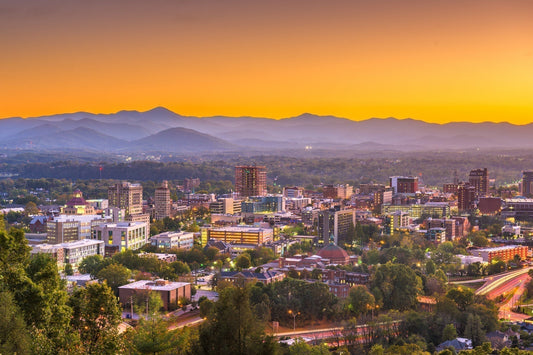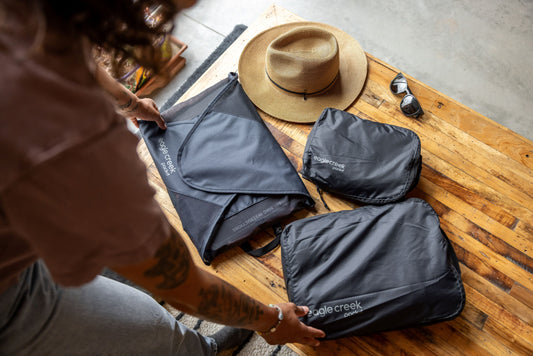
The Wild & Scenic Rivers Act has been protecting our waterways since 1968. Here are five of the best rivers in the U.S. you should seek out and explore.
There are approximately 3.6 million miles of streams in the United States; more than 12,000 miles are protected by the Wild & Scenic Rivers Act. The National Wild & Scenic Rivers Act, which President Lyndon B. Johnson signed into law in 1968, was designed to preserve certain rivers with outstanding natural, cultural, and recreational values in a free-flowing condition for the enjoyment of present and future generations.
Eight rivers were designated as National Wild and Scenic Rivers as part of the original act. As of November 2018, 209 rivers (totaling 12,754 miles of river in 40 states and Puerto Rico) have Wild and Scenic status. I experienced my first Wild & Scenic River when I was a kid, whitewater rafting on the Chattooga River. However, I didn’t realize the significance of the designation until I was much older. Enjoying these stretches of beautiful and free-flowing rivers is a great way to appreciate the natural wonder in our country so pack your favorite adventure bag and make some plans: Here are five of the best Wild & Scenic Rivers in the U.S. you should seek out.
Longest River: Fortymile River
The Fortymile River was the site of Alaska’s first major gold rush in 1886; now, its waters host outdoor enthusiasts who take to the river to see remnants of that mining past along with caribou, moose and bears. The longest river in the Wild & Scenic Rivers system, the main stem and tributaries stretch for almost 400 miles. In the summer, the sky seems to transition from dusk straight into dawn with no true darkness, allowing for even more time to explore and enjoy this gorgeous U.S. river.
How to see it: Float trips give you a chance to see both the natural beauty and historic sites at a leisurely pace. Keep your essentials like sunscreen, bug spray, sunglasses, and camera handy in an easy-to-access bag.
River Accessible from the Big Apple: Musconetcong River
Nestled in the heart of the New Jersey Highlands region, the Musconetcong River is only 45 miles from Manhattan. Floating this river is like floating through history: Scientists have traced human history in the Musconetcong Valley back to the end of the last ice age, approximately 12,000 years ago. The first major Paleo-Indian archeological site excavations in New Jersey, considered some of the most important in the north east, were at the Plenge Site along the lower river in Warren County.
How to see it: Paddlers (in kayaks or canoes) get to enjoy the river from a water-level perspective, plus views of the pristine river corridor.
Colorado’s Only Wild River: Cache la Poudre River
Even though it’s a land-locked state, Coloradans love their watersports. Luckily, the state’s only Wild & Scenic River, the Cache la Poudre (locals call it “The Poudre”), is located in the northern part of the Front Range, originating in Rocky Mountain National Park and flowing north and east before flowing through Fort Collins. Most of the stretch designated “wild” flows through Poudre Canyon and Neota and Comanche Peak Wilderness Areas; the “scenic” areas of the river run near the Poudre Canyon Highway.
How to see it: Up for a thrill? Try rafting The Poudre and experience Class III and IV rapids like Twin-Pin, Roller Coaster, and Mishawaka Falls. Tubing is also an option in the calmer sections. Pack a bag that’ll keep your stuff dry during the rapids.
One of the Original Rivers: The Rogue River
If you’re looking for miles and miles of prime wild U.S. river (84 miles or 135 km to be exact) cutting through dramatic canyons with rugged and almost vertical cliffs, Oregon’s Rogue is the river for you. One of the first eight rivers designated in the Wild & Scenic Rivers Act, the Rogue welcomes over half a million visitors a year. Go for the mining history or the chance to immerse yourself in nature by hiking, camping, swimming, rafting, and boating.
How to see it: Go fishing. The Rogue is famous across the country for its salmon and steelhead fishing.
Most Unique River: Amargosa River
There are several reasons that the Amargosa River in California is one of the most unique rivers with the Wild & Scenic River designation. It flows through the hottest and driest part of the U.S. and actually remains below the surface of the earth for much of its length before emptying in Death Valley. The only free-flowing river in the Death Valley region of the Mojave, it’s called the “Crown Jewel of the Mojave” since it provides a lush habitat for both flora and fauna.
How to see it: The best way to enjoy all the Amargosa has to offer is by hiking. Depending on the section and your personal experience in remote areas, you can enjoy high canyons as well as desert river crossings. Keep your gear organized (dirty from clean, dry from wet) with packing cubes.
No matter which of the best U.S. rivers you choose to explore, adventure awaits .
While Eagle Creek is here to provide tips and insights on travel, we cannot accept any responsibility for any potential consequences arising from the use of this information. Always conduct your own research and use your best judgment.
Related Links (from Eagle Creek blog):
6 Places to be Amazed by the Night Sky
